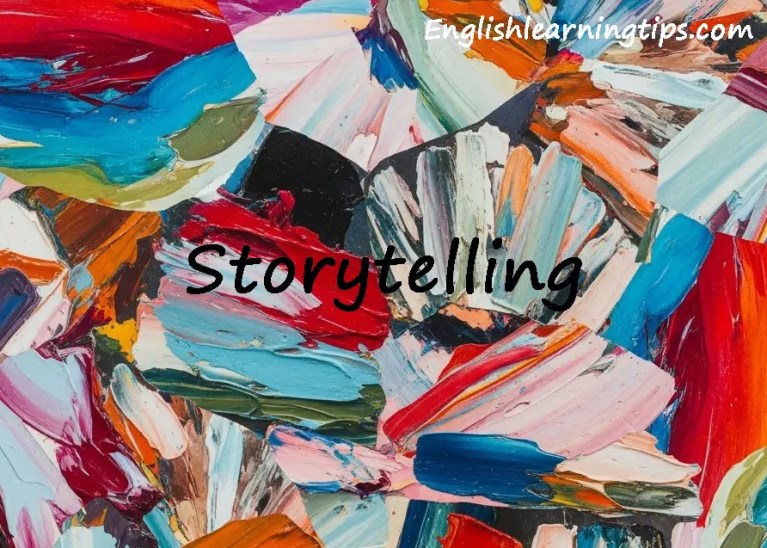Understanding biological evolution — student handout
Student handout: Understanding biological evolution
Level: Intermediate to Advanced (B1–C1)
Objective: Learn about biological evolution, its mechanisms, and evidence while practicing vocabulary, listening, speaking, reading, and writing skills.
Key vocabulary
Review these words before watching the video, Evolution by the Amoeba Sisters. The other activities should be completed after watching the video. Note that some activities below are for groups.
- Evolution (n):
- Definition: Change in a population’s inherited traits over generations.
- Example: The evolution of birds from dinosaurs took millions of years.
- Your sentence: ____________________________________________________
- Population (n):
- Definition: A group of organisms of the same species living in the same area.
- Example: A population of fish in a lake may have different colors.
- Your sentence: ____________________________________________________
- Trait (n):
- Definition: A characteristic or feature of an organism, often inherited.
- Example: Having blue eyes is a trait in humans.
- Your sentence: ____________________________________________________
- Gene (n):
- Definition: A unit of heredity that codes for a trait.
- Example: Genes determine your hair color.
- Your sentence: ____________________________________________________
- Fitness (n):
- Definition: In biology, the ability to produce offspring and pass on genes.
- Example: A plant with more seeds has higher fitness.
- Your sentence: ____________________________________________________
- Natural selection (n):
- Definition: A process where organisms with favorable traits survive and reproduce more.
- Example: Green grasshoppers survive better in grass due to natural selection.
- Your sentence: ____________________________________________________
- Genetic drift (n):
- Definition: Random changes in a population’s gene pool.
- Example: A storm might reduce a population, causing genetic drift.
- Your sentence: ____________________________________________________
- Mutation (n):
- Definition: A change in an organism’s DNA, which may be harmful, beneficial, or neutral.
- Example: A mutation might make a bacterium resistant to medicine.
- Your sentence: ____________________________________________________
- Homology (n):
- Definition: Similarity in organisms due to shared ancestry.
- Example: The human arm and dog forelimb show homology.
- Your sentence: ____________________________________________________
- Fossil (n):
- Definition: Remains or traces of an organism from the past.
- Example: Dinosaur bones are fossils that show ancient life.
- Your sentence: ____________________________________________________
Extension Vocabulary (Optional for Advanced Students)
Use these words for homework or extra practice.
- Gene pool (n): All the genes in a population.
- Example: A large gene pool helps a population survive changes.
- Your sentence: ____________________________________________________
- Camouflage (n/v): Coloring or patterns that help an organism blend into its environment.
- Example: The tiger’s stripes provide camouflage in the forest.
- Your sentence: ____________________________________________________
- Predator (n): An animal that hunts and eats other animals.
- Example: Hawks are predators that eat small rodents.
- Your sentence: ____________________________________________________
- Offspring (n): The children or young of an organism.
- Example: The bird’s offspring inherited its bright feathers.
- Your sentence: ____________________________________________________
- Ancestry (n): The origin or lineage of an organism or person.
- Example: Humans and apes share a common ancestry.
- Your sentence: ____________________________________________________
- Vestigial (adj): A structure that has lost most or all of its original function.
- Example: The human appendix is a vestigial organ.
- Your sentence: ____________________________________________________
- Embryology (n): The study of how organisms develop before birth.
- Example: Embryology shows similarities between fish and human embryos.
- Your sentence: ____________________________________________________
- Biogeography (n): The study of how organisms are distributed across the planet.
- Example: Biogeography explains why marsupials are found in Australia.
- Your sentence: ____________________________________________________
- Radiometric dating (n): A method to determine the age of fossils using radioactive isotopes.
- Example: Radiometric dating showed the fossil was 65 million years old.
- Your sentence: ____________________________________________________
- Speciation (n): The process by which new species form.
- Example: Speciation occurred when two populations of fish became different species.
- Your sentence: ____________________________________________________
Comprehension questions (Listening/reading activity)
Answer these questions after watching the video or reading the transcript.
- What is the main difference between evolution in biology and in games/cartoons?
- What does “fitness” mean in biology?
- Name two mechanisms of evolution mentioned in the video.
- What is an example of a vestigial structure?
- How does the fossil record support evolution?
Speaking activity: Group discussion (optional)
In your group, discuss one of these topics using at least 3 vocabulary words.
- Natural selection (e.g., green grasshoppers)
- Genetic drift (e.g., lawn mower example)
- Homologies (e.g., molecular or anatomical)
- Fossil record or biogeography
Prepare a 1–2 minute summary to share with the class.
Writing activity: Short paragraph
Write a 5–7 sentence paragraph on one of these prompts. Use at least 3 vocabulary words.
- Explain why populations, not individuals, evolve.
- Describe one piece of evidence for evolution (e.g., fossils, homologies).
- Why is evolution still happening today? Give an example.
Homework
Find a news article or video about evolution (e.g., antibiotic resistance, new fossil discoveries). Write a three-sentence summary using at least two vocabulary words from this lesson.
Discover more from English Learning Tips
Subscribe to get the latest posts sent to your email.








One Comment
Comments are closed.